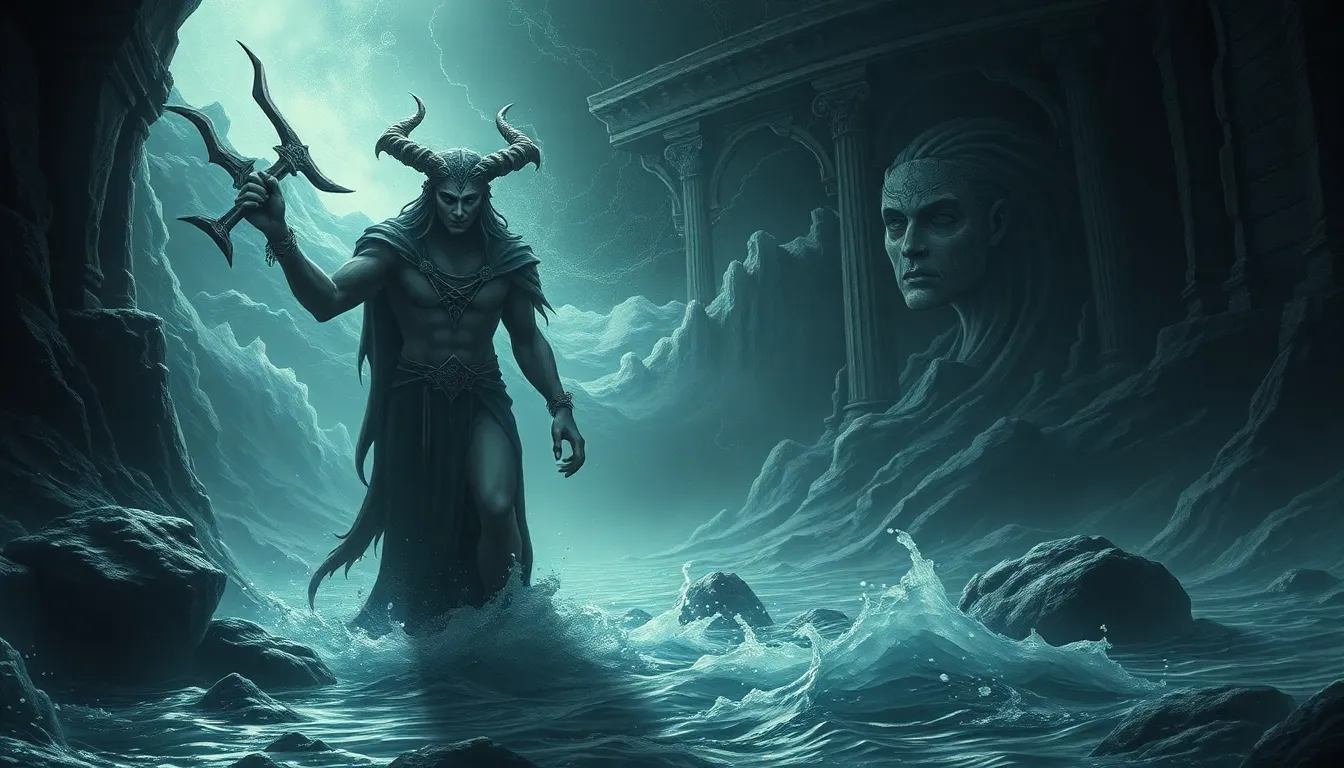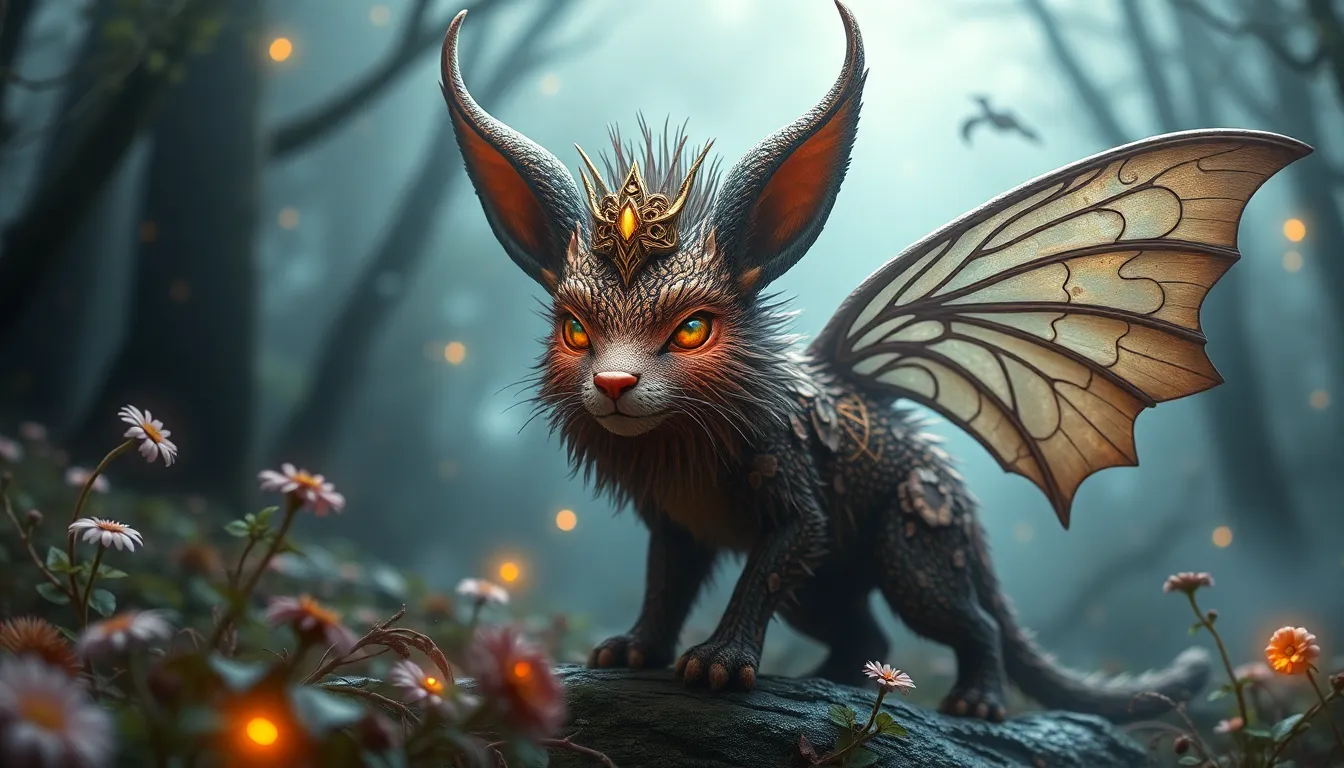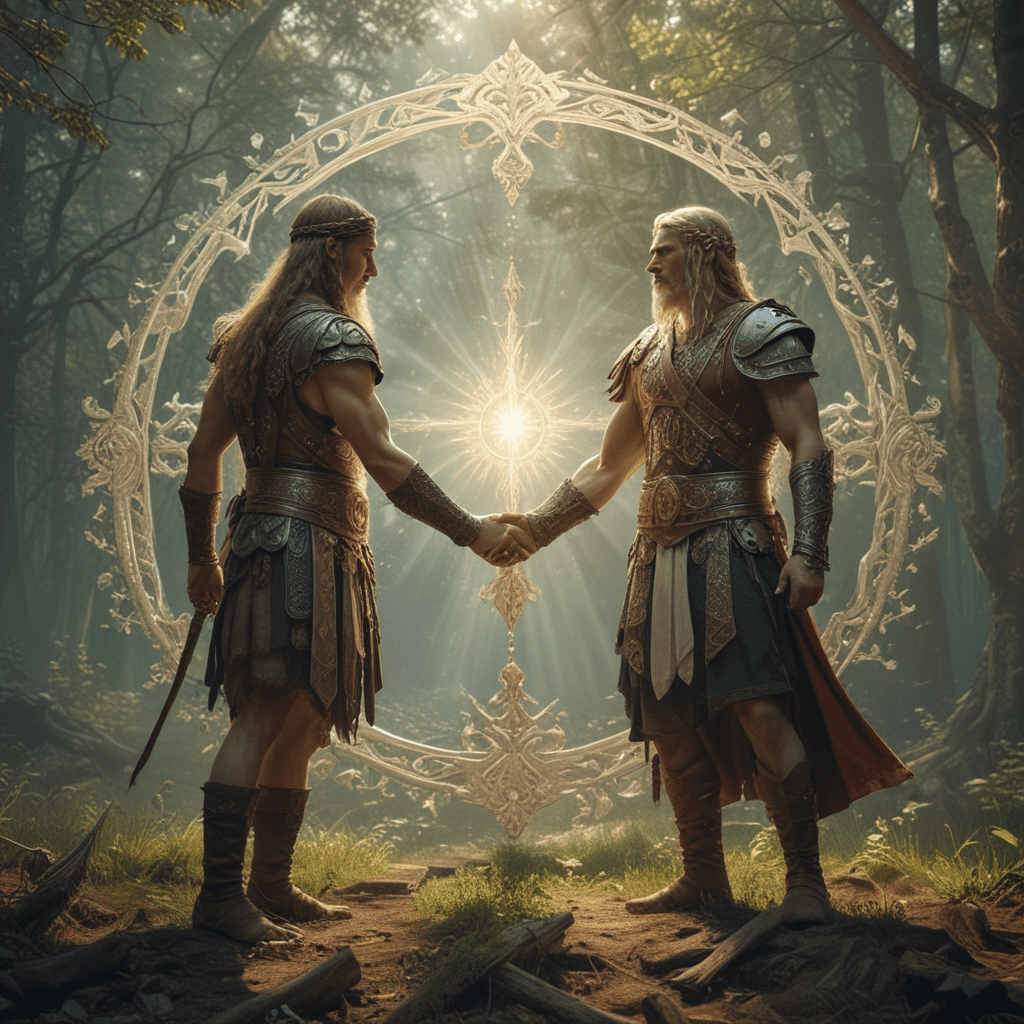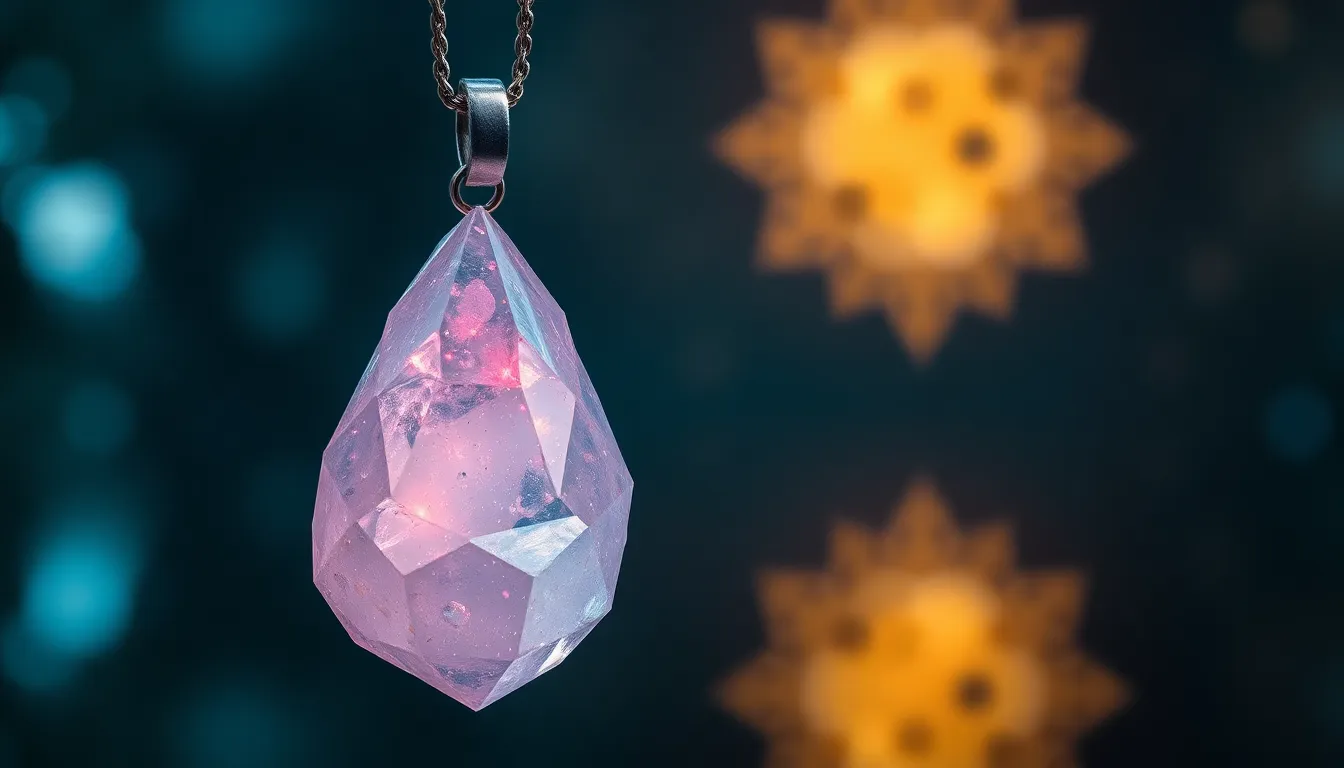The Flood Myths of the Celts: Water Spirits and Legends
I. Introduction
Flood myths are a fascinating aspect of global cultures, with stories of great deluges appearing in various traditions around the world. These narratives often reflect humanity’s relationship with water, a force that can nurture life but also bring destruction. In Celtic mythology, water holds a significant place, intertwined with the beliefs and practices of ancient Celtic peoples. This article aims to explore the flood myths within Celtic tradition, focusing on the associated water spirits and the symbolism inherent in these stories.
II. Historical Context of Celtic Myths
The ancient Celtic civilization flourished across parts of Europe, including present-day Ireland, Scotland, Wales, and Brittany. The Celts were known for their rich oral traditions, which played a crucial role in preserving myths and legends for generations. With the advent of Christianity, many Celtic myths were reinterpreted or adapted, merging pagan elements with Christian themes. This historical context sets the stage for understanding the unique flood myths within Celtic lore.
III. The Nature of Water in Celtic Beliefs
In Celtic culture, water is deeply symbolic. It represents both the life-giving force of nature and the potential for destruction. Sacred bodies of water—such as rivers, lakes, and wells—were often considered portals to the Otherworld, inhabited by deities and spirits.
- Symbolism of water: Water is a source of life, sustenance, and healing.
- Destruction: Floods can symbolize chaos and the overwhelming power of nature.
- Sacred waters: Many rivers and lakes are revered, believed to hold spiritual significance.
IV. Major Flood Myths in Celtic Tradition
A. The Deluge in Irish mythology
One of the most notable flood myths in Irish mythology is the tale of the Tuatha Dé Danann, a mythical race of people. According to the legends, they faced a great flood sent by the gods as punishment for their hubris. This story parallels the biblical account of Noah’s Ark, where a chosen few survive the cataclysm.
B. Scottish flood myths and their variations
In Scotland, flood myths also abound, particularly in the Highlands. These tales often depict how communities dealt with natural disasters and the lessons learned from them.
- Tales from the Highlands: Stories of villages submerged by rising waters, leading to the creation of new islands.
- The Great Flood in Scottish folklore: Legends recounting the survival of certain clans and their connection to water spirits.
V. Water Spirits and Deities in Celtic Mythology
Celtic mythology is rich with water spirits and deities, many of whom are linked to floods and water bodies. These figures play vital roles in the narratives surrounding water.
A. Overview of water spirits in Celtic lore
Water spirits are often depicted as guardians of rivers and lakes, possessing the ability to both assist and hinder humans.
B. Key figures associated with water and floods
- The river goddess Boann: Associated with the River Boyne, Boann is a symbol of fertility and the life-giving aspects of water.
- The sea god Manannán mac Lir: A significant figure in Irish mythology, Manannán is often linked to the sea’s mysteries and the power of storms.
C. The role of water spirits in flood narratives
Water spirits often embody the dual nature of water—its nurturing and destructive qualities. They remind humanity of the need to respect and understand the forces of nature.
VI. Symbolism and Interpretation of Flood Myths
The flood myths within Celtic tradition carry profound environmental and moral themes. They speak to humanity’s vulnerability in the face of nature’s power and offer lessons on humility and respect.
- Environmental themes: The narratives often highlight the cyclical nature of destruction and rebirth.
- Moral lessons: Many stories emphasize the consequences of pride and the importance of living in harmony with nature.
- Cyclical nature: Floods symbolize both an end and a new beginning, reflecting the eternal cycle of life.
VII. Comparisons with Other Cultural Flood Myths
When examining Celtic flood myths, it is intriguing to compare them with similar narratives found in other cultures.
- Similarities with Mesopotamian and Native American flood myths: Common themes of divine retribution and survival.
- Unique aspects of Celtic narratives: The integration of water spirits and local geography.
- Universal archetype of the flood myth: Reflects shared human experiences across cultures.
VIII. Modern Interpretations and Cultural Impact
In contemporary society, there has been a resurgence of interest in Celtic mythology, including its flood myths. This revival has influenced various artistic and cultural expressions.
- Literature: Modern authors are retelling these ancient stories, blending them with contemporary themes.
- Art: Visual artists draw inspiration from Celtic motifs, including water and flood imagery.
- Pop culture: Films and television shows often incorporate elements of Celtic mythology, making it accessible to new audiences.
IX. Preservation of Celtic Myths in Contemporary Society
The preservation of Celtic myths is vital in contemporary society, with various practices and traditions keeping these stories alive.
- Festivals and traditions: Local celebrations often include elements of Celtic mythology, helping to maintain cultural heritage.
- Evolving interpretations: Modern Celtic spirituality embraces these myths, offering new insights and connections.
- Impact of tourism: Interest in Celtic culture has led to a focus on preserving myths as part of cultural heritage.
In conclusion, the flood myths of the Celts offer a rich tapestry of stories that reflect the intricate relationship between humanity and nature. Through the lens of water spirits and deities, these narratives provide insights into the values and beliefs of ancient Celtic societies. As we explore these myths today, they continue to resonate, reminding us of the timeless themes of destruction, rebirth, and the enduring power of water.




